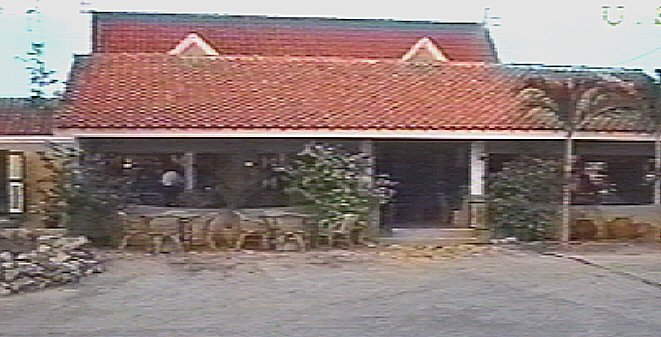
Image 1: Landhuis Daniel, main entrance
A word about the images first: All images have been taken from a
video
which I took on location. The quality of the grabbed results is quite
poor
but it is all I can use for the internet.
The Island is rather dry and with a lot of hills, mountains and cactusses it has an own, but different "flavour". The Palms on the islands beaches and in the hotel areas are planted and give the tourists the typical tropic islands feeling.
The place we stayed at whas the Landhuis Daniel, an old Landhuis which was rather important when the people on the island still travelled by coach and had to change horses on their way from north to south.

Image 1: Landhuis Daniel, main entrance
The temperatures on the island were between 23 Degrees Centigrade as the minimum night temperature and 34 Degrees in the shadow during daylight hours. The temperature in the sun sometimes reached 40 degrees. Although the island itself is rather dry (little rain) the air contains a lot of humidity from the salty sea water. There is always wind on the island. This caused a few thoughts for us:
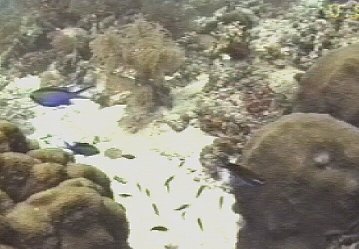
Image 2: Fish between corals |
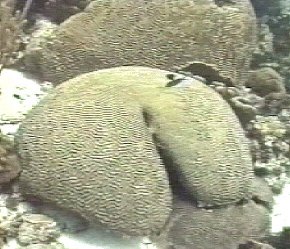
Image 3: A brain coral |
The participants of the parade took the solar eclipse to bild many
waggons
and costumes with astronomical motives. Take a look at the images to
get
an impression of the parade...

Image 4: The space shuttle after lift off |
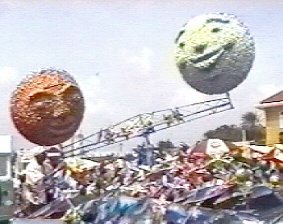
Image 5: Sun and Moon on the first waggon of the parade |
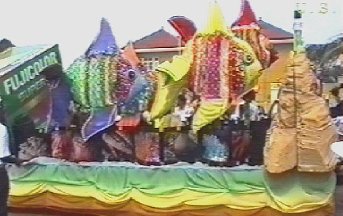
Image 6: Marine life in the parade |
On our journey to Westpunt, the north western place on the island closest to the center line where we would expect about 3m35s of totality we moved under the bad weather into an area which already started to clear up. This was about 10:30 pm. The place the main part of our group choose for the eclipse gave us no shadow, so Rudolf Hillebrecht, his girlfriend Beata Brokowska and myself split from the rest of the group and moved to Playa Lagoon, a little south of Westpunt, still providing 3m24s of totality.
Here we found some clouds which cleared up during the partial phase. At totality no cloud was in the sky and the air was extremly clear as all dust was washed away by the rain in the morning. Actually this turned out to be the best day during our stay on the island. And we had a wonderful eclipse. The images show some impressions from the eclipse. The times shown in the images are UTC.
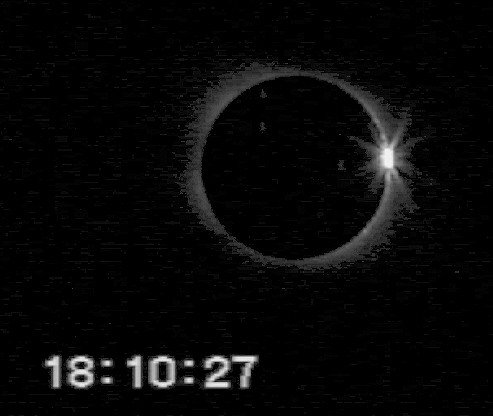
Image 7: The Diamond Ring in the beginning of the eclipse
(second
contact). The light spot at the lower right of the sun is a very bright
prominence which was much more impressive in the telescope.

Image 8: Mercury and Jupiter with the eclipsed sun.
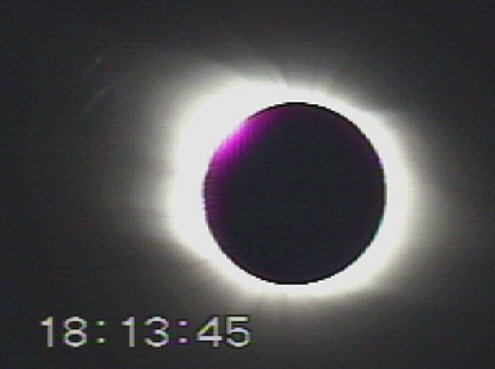
Image 9: The corona shortly before the third contact (end of
totality)
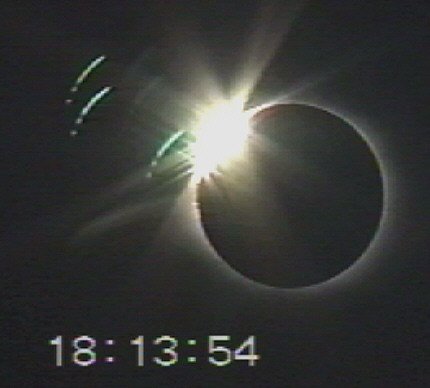
Image 10: The Diamond Ring at the end of the eclipse. The
reflections
left of the sun are caused by the optics of the camera. Although they
are
artefacts they still show Baileys Beads. That is the row of spots
caused
by hilltops and valleys in the limb of the moon. At this point there
were
still parts of the corona visible.
Some final words about our setup. We used Rudolf Hillebrechts` C8 telescope for guiding. On top of the telescope a Canon photo camera with a 300mm tele lens which was expanded to 600mm focal length was mounted to take photos of the eclipse. On the other side of the C8 my Sony video camera was mounted upside down. Therefore the images show the moon coming from the left and leaving to the right side of the image which is opposite to what you could see with the naked eye. As the time is shown in the images (read from the timecode on the video tape) I did not turn the images into the correct position.
